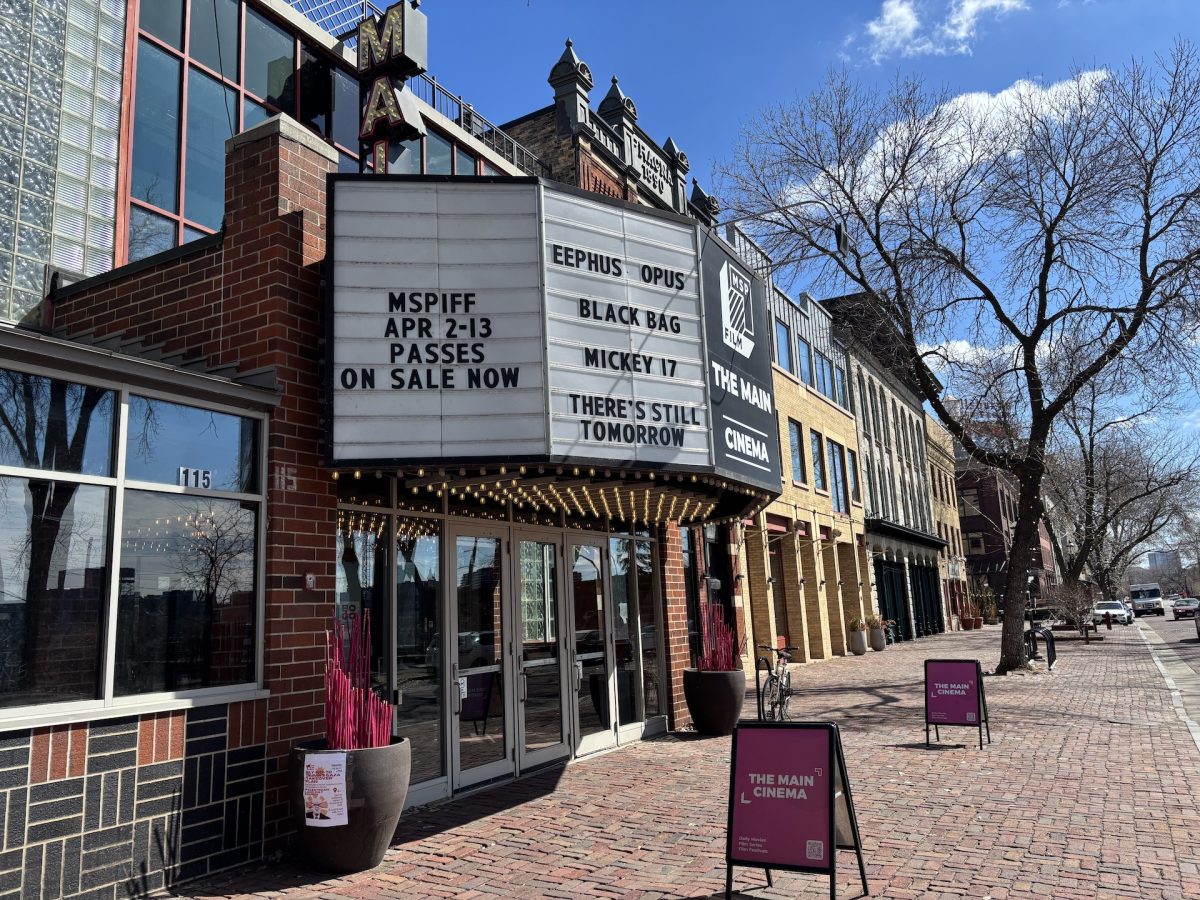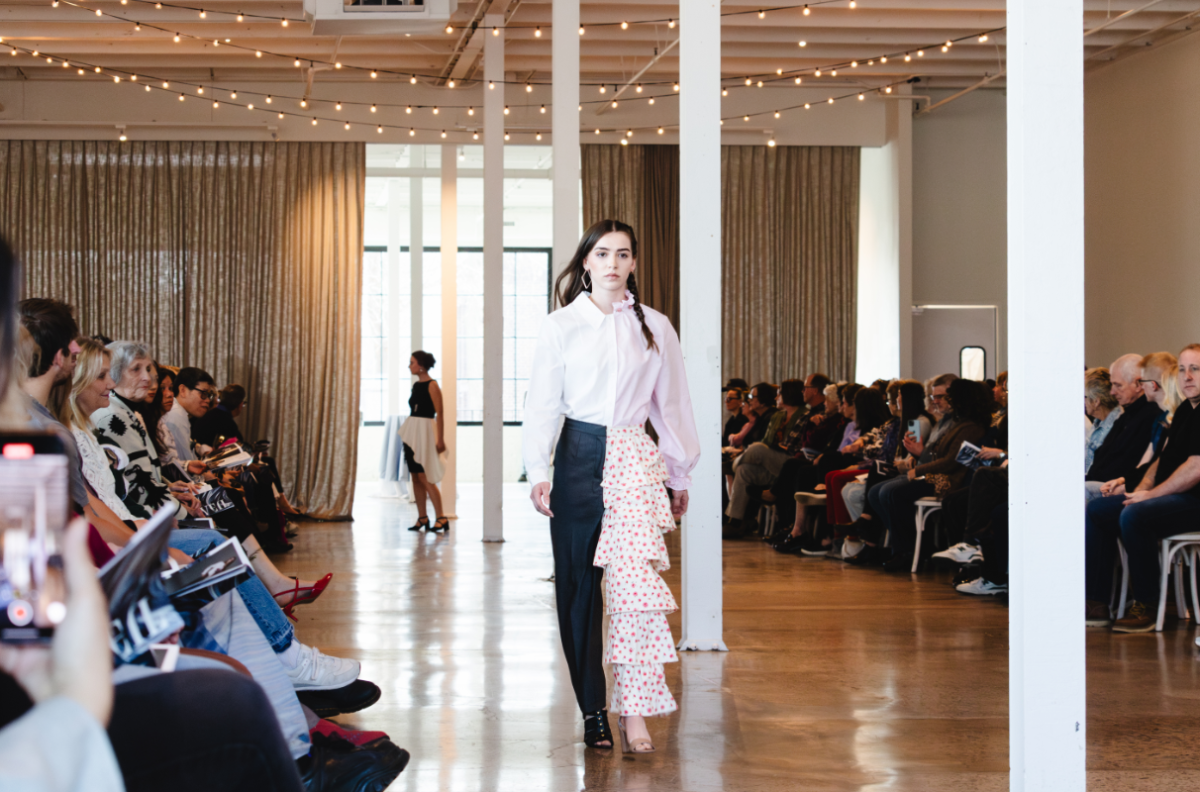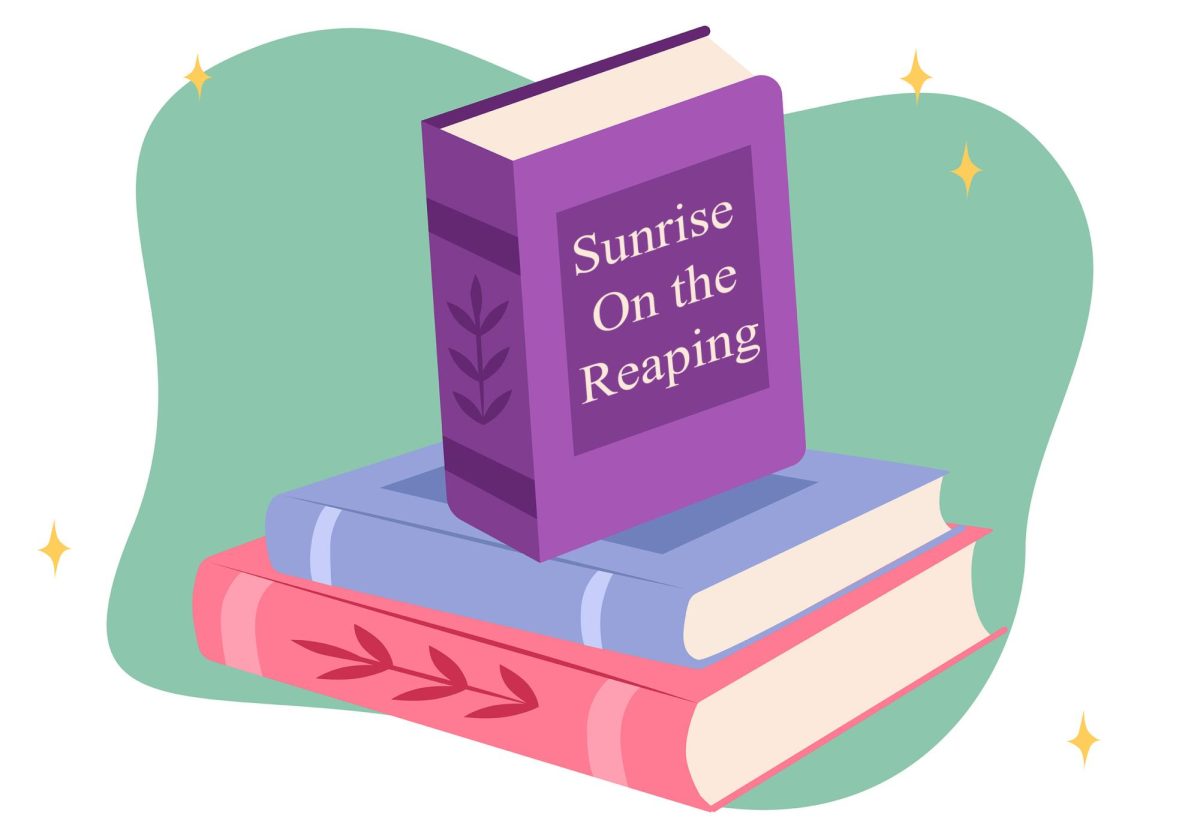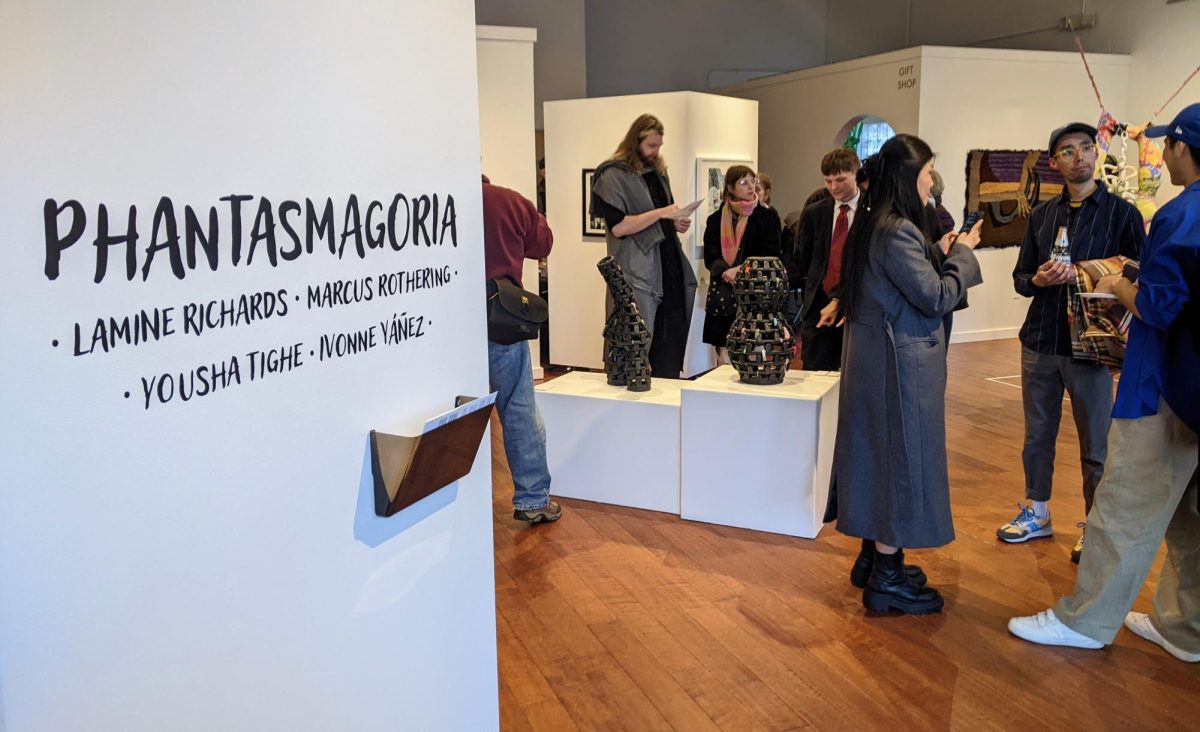As an annual holiday tradition, Lena Norrman sets out a bowl of porridge to please the tomte — a folkloric elf-like character who visits children on Christmas Eve.
Norrman, who is the University of Minnesota’s Swedish program coordinator, said she is proud to uphold the custom even though her sons have grown up.
“I think it’s important to be familiar with other cultures,” Norrman said. “I had to move from Sweden and understand American culture. It broadens views and perspectives.”
The story of the tomte and other fairytales are all part of the American Swedish Institute’s annual Nordic Christmas exhibit. ASI became a cultural institution for Swedes in late 1929 after the building’s original owner Swan Turnblad donated it to the American Institute for Swedish Art, Literature and Science, which later became ASI.
“ASI has been a vital community gathering place for more than 85 years,” said Laura Cederberg, the institute’s marketing and communications manager, “But also for the last decade or so, we’ve been opening our doors to connect with past immigrant communities and immigrants of today.”
In 2012, a new building was built next to the mansion to expand and give the opportunity for more exhibits, classes and a cafe.
“It’s an interesting place visually because the Turnblad mansion was built as a chateau. It’s a castle,” said curator Curt Pederson. “The new building is Swedish modern. Now we aren’t so limited to historic rooms. We can do modern things.”
One exhibit that stays in the mansion portion of ASI is the Nordic Christmas exhibit.
“Christmas is a long season in Sweden. We start Dec. 1,” Norrman said. “We have get-togethers with gingersnaps, glogg and coffee all leading up to Christmas Eve, which is our big day.”
Starting in the 1950s, the exhibit displayed table settings for countries such as Sweden, Norway and Denmark. In the ’70s, Finland and Iceland joined. From there, the exhibit expanded from mere place settings to entire rooms of decorations representative of each country.
Ten years ago, ASI started adding a theme to its holiday tradition, such as native food. This year’s theme is myths, legends and fairytales.
“After Christianity, people were so enamored with these spirits and elf figures that they became friendlier and iconic to Nordic countries. They’re part of the tradition,” Pederson said.
Each room is an ode to its country’s mythological characters and stories. Little figurines are scattered throughout the exhibit, from Sweden’s tomte to Norway’s nisse.
“All of these myths and legends, the hidden folk of Iceland, they all come from such a geographically enchanting part of the world,” Cederberg said.
Recently, the institute started choosing one other group or country to add to the exhibit for the year.
Last year, ASI teamed up with the Mexican consulate to create a Navidad room. This year, they partnered with the Museum of Russian Art to create a Russian Christmas room.
“This is a new tradition,” Cederberg said. “We’re all about honoring and strengthening heritage and finding ways that we can connect with our community here in our own backyard.”







